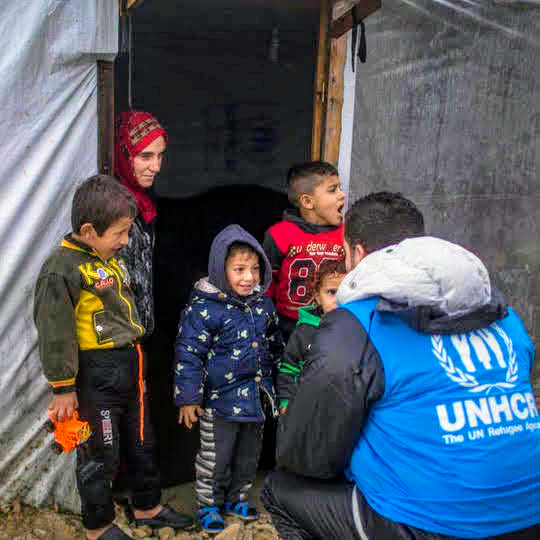Energy Monitoring Framework Survey, 2021
Yemen, 2021
Get MicrodataIdentification
UNHCR_YEM_2021_EIS_data_v1.1
Energy Monitoring Framework Survey, 2021
| Name | Country code |
|---|---|
| Yemen | YEM |
The UNHCR Energy Monitoring Framework takes a program-based approach to monitoring, with the aim of tracking both outputs and the impact of UNHCR dollars spent on programming (either via partners or through direct implementation). The process for developing the indicators began in 2015 with a review of existing tools and approaches and consultations with Government, Private Sector, field-based staff and NGO partners to devise a set of common, standardized measures rooted in global good practices.
More info is available on the official website: https://eis.unhcr.org/
Household
Version
v1.1: Edited, cleaned and anonymised data for public use.
Scope
The scope includes:
- household characteristics
- cookware and kitchen performance
- fuel
- lightining
| Topic |
|---|
| Food security |
| Environment |
| Access to Energy |
Producers and sponsors
| Name |
|---|
| UNHCR |
Sampling
The Beneficiary Survey, which typically aims to measure impact indicators, is conducted at least twice at Baseline and Endline of the project with the same group of sample beneficiaries. The Baseline Survey is conducted before the project intervention with planned beneficiaries of the project, while the Endline is administered a few months later (or a period considered adequate by each project) to the same beneficiaries.Survey instrument
Questionaire contains the following sections:
- partner information
- general information on beneficiary
- common questions
- distribution of cookstoves
- kitchen performance test (kpt) survey day 1
- kitchen performance test (kpt) survey day 2
- cash for fuel
- lighting: common questions
- cash for lighting
- distribution of lights
- access to community lighting
Data collection
| Start | End |
|---|---|
| 2021-01-01 | 2021-12-31 |
| Name |
|---|
| UNHCR |
Data Access
UNHCR (2021). Yemen: Energy Monitoring Framework Survey, 2021. Accessed from: https://microdata.unhcr.org
Contacts
| Name | Affiliation | |
|---|---|---|
| Curation team | UNHCR | microdata@unhcr.org |
Metadata production
UNHCR_YEM_2021_EIS_data_v1.1
| Name |
|---|
| UNHCR |
2022-09-17
